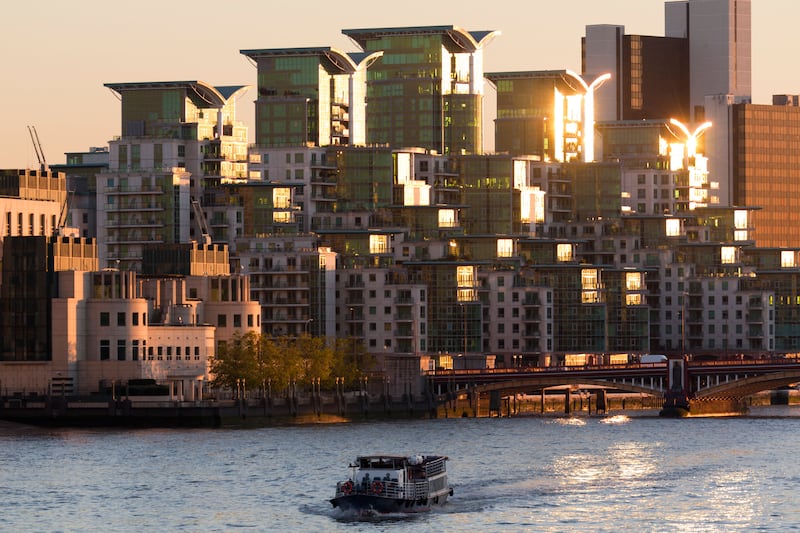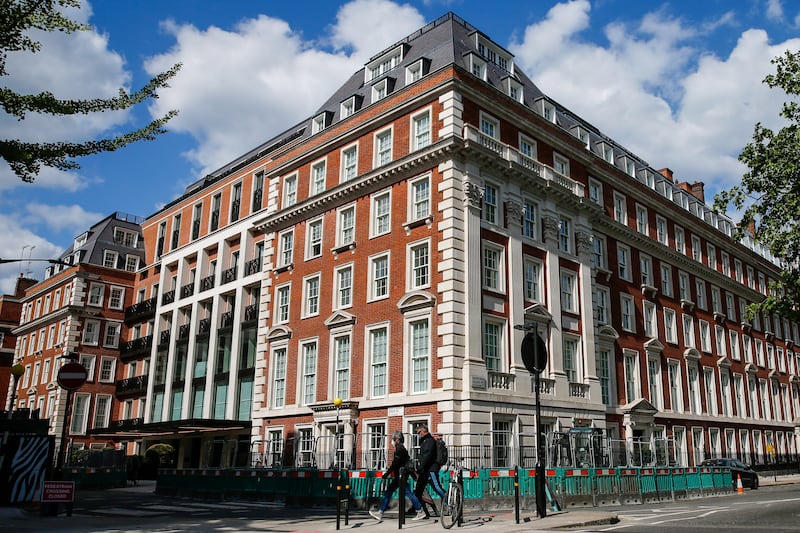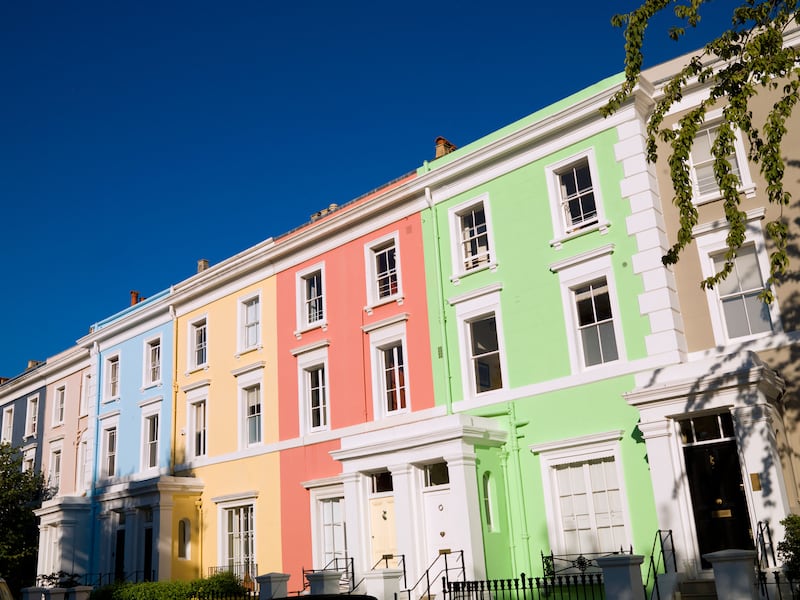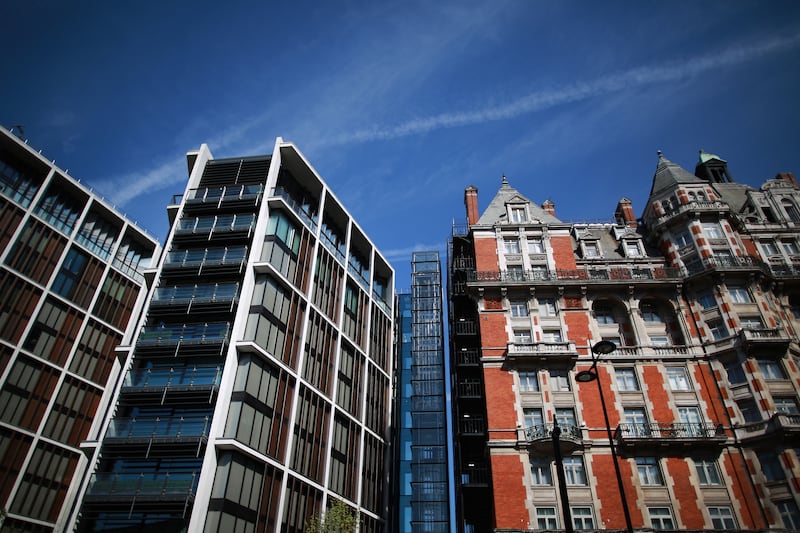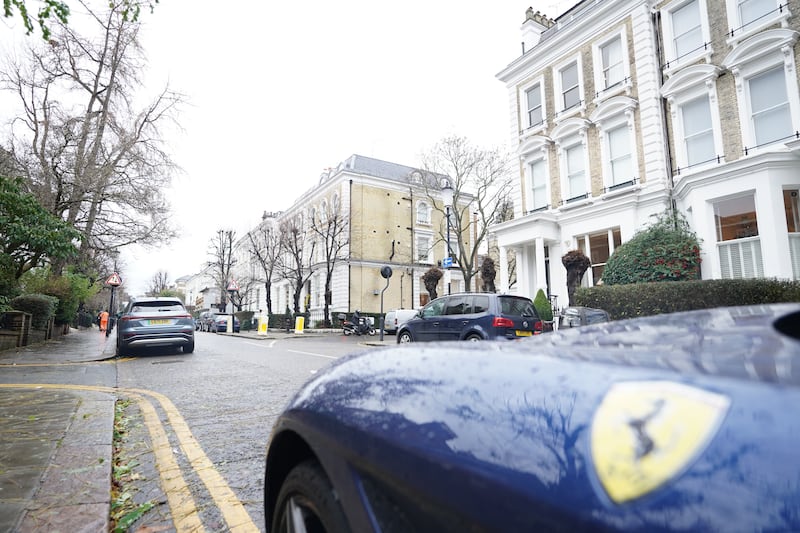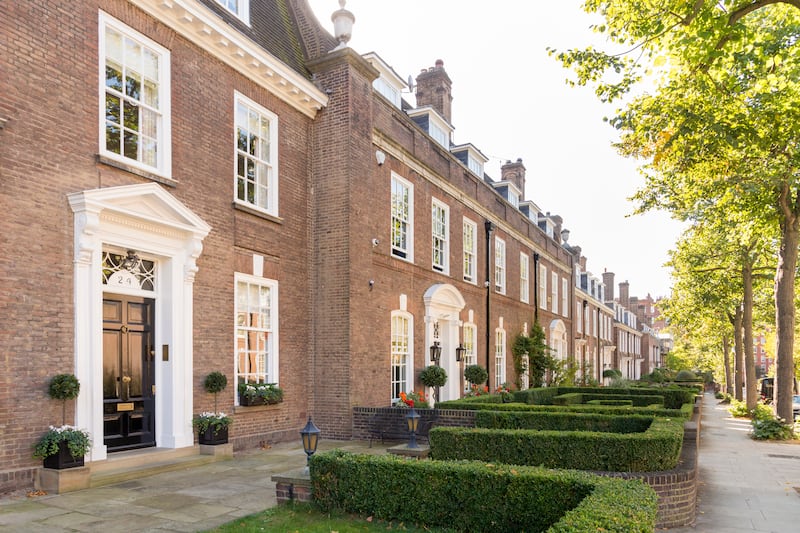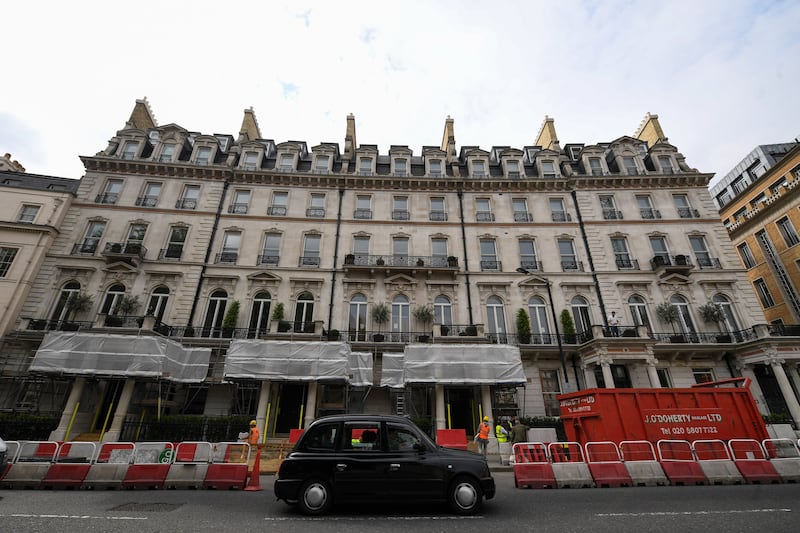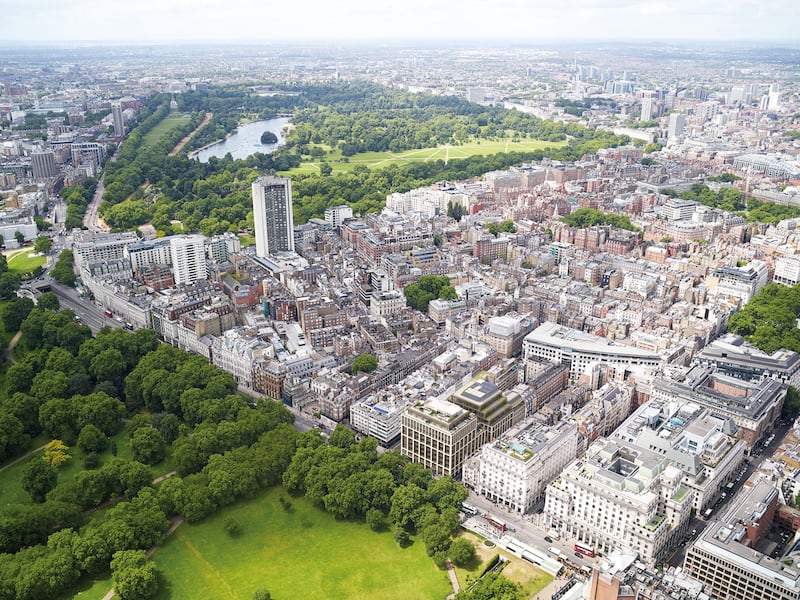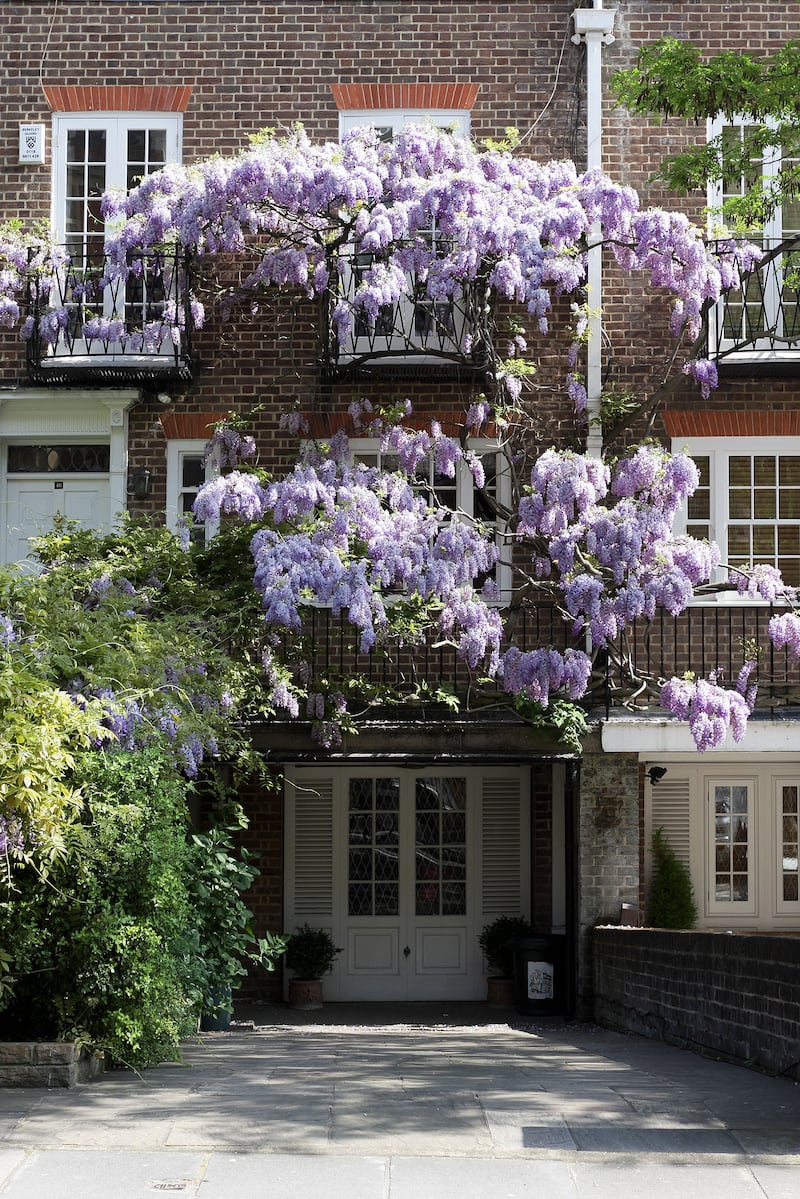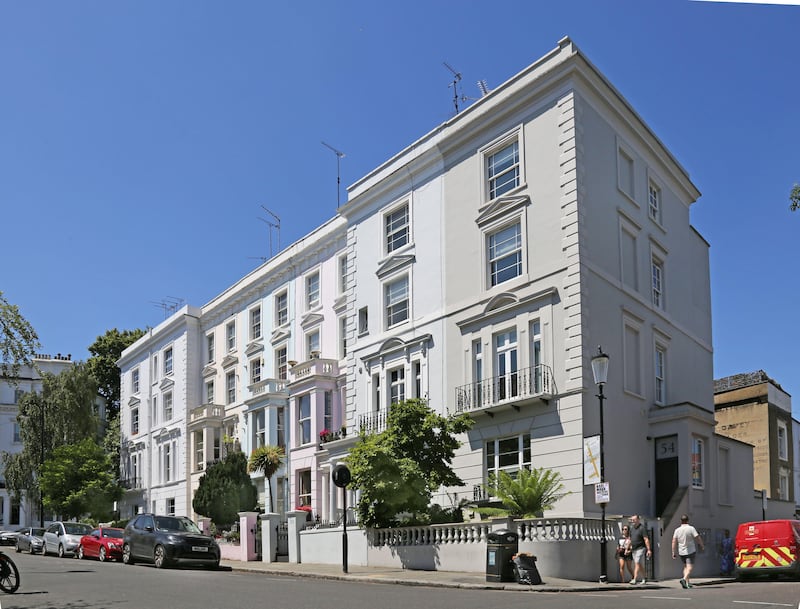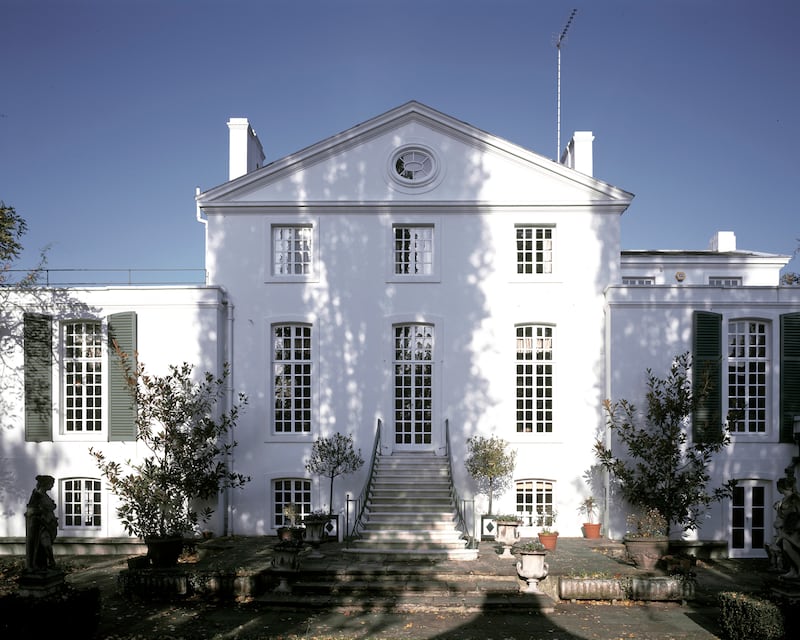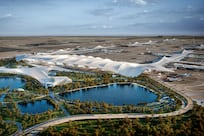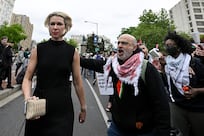London's prime residential property market could be in for a bumper time in early 2024, as additional supply comes on to the market ahead of a general election in the UK.
While supply remains tight, some potential sellers who delayed placing their properties on the market in 2023, are expected to do so in spring next year.
For the lower end of London's prime property market where prices range between £5 million and £20 million, it's “not been a great 2023,” Annabel Dean, partner at London law firm Farrer & Co, told The National.
“There are a lot of people who've been sitting on their hands and waiting to see.
“I have a few clients who are waiting to launch their property until spring next year. They decided to delay for all sorts of reasons, from price uncertainty to the Middle East crisis. So, I think there will be more stock that comes on in the spring.”
'Very exciting year'
Analysis by the estate agents Beauchamp Estates shows that prime London residential properties are predicted to achieve a cumulative growth of 10.8 per cent by 2027, compared with a national forecasted average of 3.8 per cent.
“The global elite’s interest in prestigious UK capital properties remains strong, strengthened by favourable exchange rates and a resilient economy amidst global market volatility and geopolitical instability,” Beauchamp Estates' latest Ultra-Prime Barometer report said.
Peter Wetherell, executive chairman of the upmarket estate agents, Wetherell, said 2024 could be a “very exciting year” for the prime and super prime property markets in London.
Among the planned launches are the prestigious 1 Mayfair project and the final collection of homes at key projects such as The Bryanston and Park Modern, which both border Hyde Park and are on the doorstep of Mayfair, he told The National.
“There are also some extremely important mansions and apartments fresh to the market for the Spring of 2024, so international buyers will be able to choose from some very special homes.”
“Also new planning regulations will result in no other developments coming on stream. So, when the current supply is sold, then that’s it.
“So my advice is, buy now whilst stocks last.”
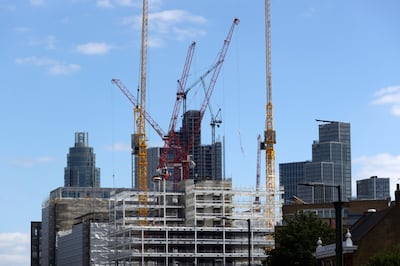
The stock of new-build super-prime properties is expected to weaken in London over the coming years. According to research by Knight Frank, projects that were started before the Covid-19 pandemic are now being completed and there are fewer coming up behind them.
“Super-prime activity has come off the 2021 peak but our latest results confirm a market still seeing activity above pre-pandemic levels,” said Liam Bailey, Knight Frank’s Global Head of Research.
“Higher debt costs will continue to weigh on the sector – but a lack of fresh new-build project launches in key markets like London and New York will impact on sales in 2024.”
Victoria Allner, director at Strutt & Parker/BNP Paribas Real Estate agrees that a lack of new-build, super-prime stock could be an issue in the coming years.
“Current numbers signal that existing and pipeline supply of new build homes in Prime Central London (PCL) will sell out within five years, and while landmark schemes such as The Peninsula and The OWO have recently completed and selling well, the window of opportunity to purchase in these iconic schemes is narrowing,” she told The National.
“It’s also unlikely that there will be schemes of this scale in the near future when you consider land availability in PCL.”
In addition, the slowing rate of prime new-build properties coming on to the London market can also be attributed to increased restrictions on the construction of apartments larger than 200 square metres, said Matthew Robertson, co-founder and partner at Valouran.
“All of this adds up to a scarcity value, which is likely to see sales prices of large prime units continue to rise,” he told The National.
“London continues to offer first-rate schools and universities, a stable economy and legal system, and some of the world’s finest retail, restaurants, theatres and galleries.
“I would advise buyers considering a purchase to act decisively to secure the right property as prices are rising.”

Ms Dean said some of her Middle East clients were put off buying in London in recent years, mostly because of the price escalation during the Covid period. But things are looking better as 2023 comes to an end.
“I think now, for them, is possibly a pretty good time to invest. They will struggle with the lack of stock in the short term, but I think that will increase towards the end of next year,” she told The National.
Beauchamp Estates' Ultra-Prime Barometer report shows that the average billionaire’s home in London's Mayfair district now costs £18.8 million in Mayfair (averaging £3,520 per square foot) and £15.4 million in the St John’s Wood area (averaging £2,869 per square foot).
But billionaires are thinking bigger – in 2023, they typically spent £30 million buying a London house that averages 11,200 square feet, compared with 2022 when they spent on average £21 million buying homes averaging 7,000 square feet.

For example, a 2,334 square feet, 3-bedroom apartment has just come on the market in Mayfair, priced at £9.5 million.
The building at 10 Grosvenor Street, houses the apartment, which covers the entire second floor. It was originally built in 1844 and became the London pied-à-terre of Eleanor Percy née Grosvenor, the fourth Duchess of Northumberland.
Over the decades, the building played host to several more aristocrats and senior politicians, including two prime ministers, Stanley Baldwin and Neville Chamberlain.

Because the apartment has been recently transformed by ultra-prime developer Luxlo, it is not only luxurious and extremely well designed, but ready to be occupied.
This turnkey aspect of prime properties for sale is increasingly important in central London's prime market, because of the rising cost of building work.
For Ms Dean, the “huge costs” of building work could now be “disproportionate to the increase in value.”
“It's building costs that are impacting on what people decide to do,” she told The National.
“There is more of a premium than there was before on turnkey properties, because people know building works are more expensive and they know it's difficult to get planning permission.”
Looming election
The prospect of a general election in the UK has also focused the minds of both sellers and buyers in London's prime residential property market.
Mr Wetherell believes that investors and buyers from the Middle East “have a window of opportunity in the first few months of 2024 to purchase a home in London in a market where prices have softened, there are some superb homes for sale, and crucially before there is a general election in the UK, which could transform the political and economic landscape”.
The election is expected to be held in either early summer (May or June) or early autumn (September or October). There has been speculation that should the current Conservative government be replaced by a Labour administration, a rise in stamp duty, the land tax applicable to property transactions over a certain level, could be in the offing.
“So, discerning buyers will want to avoid this and purchase prior to the election and de-risk their transaction,” Mr Wetherell told The National.
Ms Allner agrees that a general election in 2024 is focusing the minds of some super-prime buyers.
“While high interest rates endure and the general election looms, those engaged in the market will be focused and keen to transact,” she told The National.
“The potential arrival of a Labour government in the UK may also signal changes to stamp duty, more specifically to those based overseas, with an anticipated levy rise possibly on the cards. This should encourage international investors to make their move sooner rather than later if they want to capitalise.”
Beauchamp Estates also considers the looming election in the UK as a possible cause for concern around the issue of stamp duty, other wealth taxes and further regulation.
Because of this concern, Beauchamp's Ultra-Prime Barometer points out that “London is facing rising competition from rival billionaire destinations, in particular Dubai, the French Riviera, Los Angeles and Miami”.
Indeed, the number of homes in Dubai selling for more than £15 million is twice that in London.

Buying and renting
Over the course of 2023, there was a boom in the prime and super-prime London residential rental market, according to Beauchamp Estates' research.
Rentals in London's prime postcodes surged by 8.8 per cent and are now about a third above pre-pandemic levels.
Rents are forecast to rise by 18.7 per cent by 2027, with international affluent renters choosing areas where the houses tend to have more outside space than in the traditional epicentres of Knightsbridge and Mayfair, such as Regent’s Park, Primrose Hill, St John’s Wood and Hampstead.
“Over the past six months, Beauchamp Estates has secured super-prime lettings deals which have generated combined annual rental income of over £5.5 million, with tenants from America, China and the Middle East being particularly prominent in the PCL [Prime Central London] market over the last six months,” said Erik Holmgren, lettings manager at Beauchamp Estates.
“Our lettings portfolio of houses in Mayfair and Chelsea have found favour with tenants from the Middle East and Asia.”
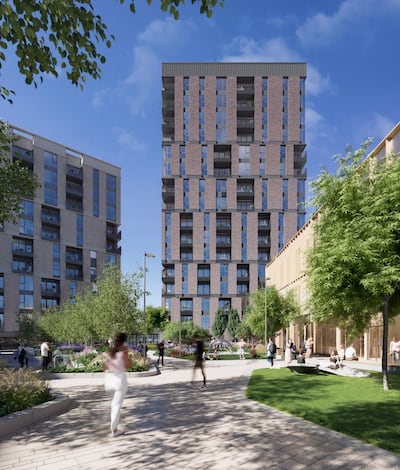
At Author King's Cross in North London, calls from potential Middle Eastern renters are soaring, according to the luxury new-build development's leasing manager Sakina Murtaza.
“The Author King's Cross leasing team reports that they’re seeing a high number of enquiries from the Middle East. [A] high portion of their current residents are from the Middle East and the following countries – Saudi Arabia, the UAE, Qatar and Oman,” she said.
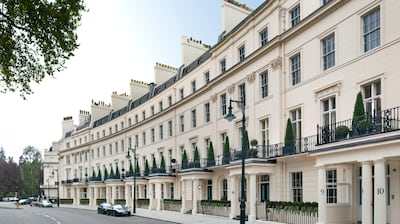
Ultra-high Net Worth
As prime becomes super-prime and as high-net-worth, becomes ultra-high-net-worth, external factors and factors increasingly fall away.
For example, mortgage rates tend to have less and less of an impact on buying decisions as the prices increase.
For Ms Dean, the super-prime market in excess of £50 million, is somewhat “insulated from market pressures.”
“There's limited stock,” she told The National,” and there's a more limited pool of buyers.
“So, that's been relatively insulated and continues on the same sort of relative volumes.”
According to Beauchamp's research in the first six months of 2023, 59 per cent of prime property sales in London were cash transactions, up from 47 per cent in the same period in 2022.
“The global elite’s interest in prestigious UK capital properties remains strong, strengthened by favourable exchange rates and a resilient economy amidst global market volatility and geopolitical instability,” Beauchamp's Ultra-Prime Barometer said.
Peter Wetherell agreed that Prime Central London [PCL] was “driven by cash buyers, especially in the best addresses”.
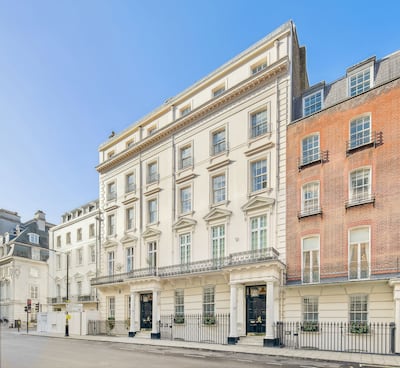
“For international cash buyers, they have been able to take advantage of softening prices and also the preferential dollar-UK pound exchange rate, so this year has been a good time to buy for them,” he told The National.
“In locations such as Mayfair, Belgravia and St James’s, the most significant buyers by country of origin have been from Saudi Arabia, the United Arab Emirates and the USA.”
Beauchamp's research claims there are 3,194 billionaires in the world, who typically invest 32 per cent of their personal wealth in residential property, with the remainder spread out over equities, commercial property, government bonds and venture capital.
On average they have three homes for personal use, at least one in their main country of domicile and two or more overseas.
For those thinking of having one those homes in London, Ms Dean advises early preparation, and a good professional team.
“Particularly those who are looking at the £5 million-plus level will be well-advised to appoint a buying agent, because a lot of properties still trade off-market,” she told The National.
“The other thing that I would advise them is to get early advice on structuring and tax and how they best bring money into the country in a most tax-efficient way.
“Especially if they've not invested in London for a while because it is, for various reasons in the tax landscape, drastically different to what it might have been 10 years to15 years ago.”
